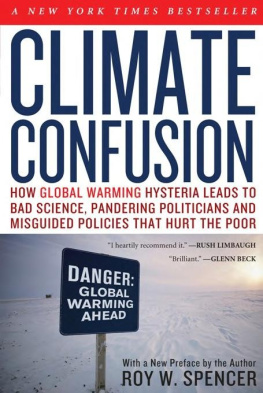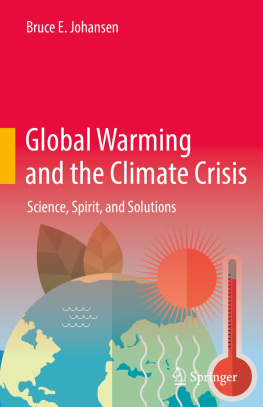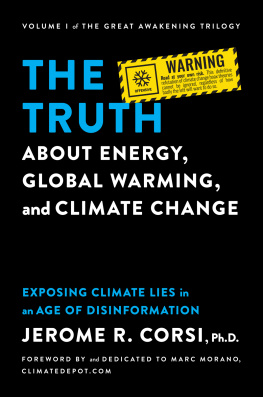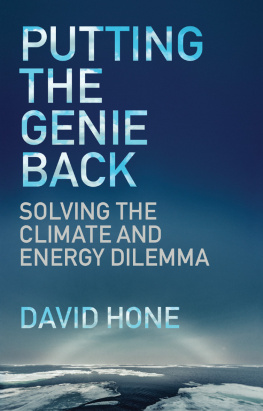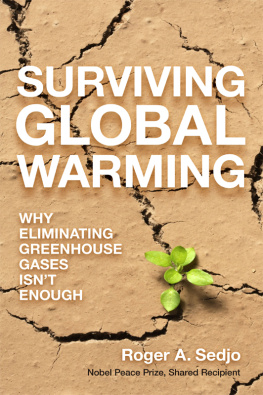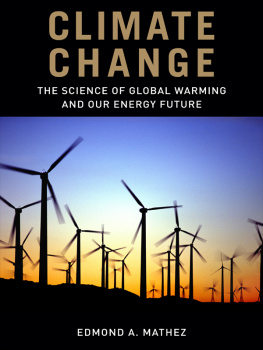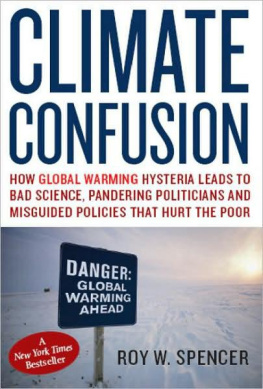IN MID -NOVEMBER 2009, hundreds of e-mails from the U.K.s Climatic Research Unit at the University of East Anglia involving some of the leading names in global warming research were made public, probably by a whistle-blower. The resulting scandal - dubbed Climategate by critics - was a public-relations disaster for the global warming industry. It seriously shook public confidence, not only in the scientists involved in the research but also in the lobbyists and politicians pushing for radical action to address a problem that might be more manufactured than real. The leaked e-mails revealed disturbing plans to either destroy or hide temperature data, manipulate the data to hide an observed decrease in temperature, and discussions of how to block the publications of global warming skeptics.
This behavior certainly does not help the United Nations efforts to coordinate a new international global warming treaty to replace the Kyoto Protocol, which runs out in 2012. The primary goal of a U.N. meeting in Copenhagen in early December 2009 was to forge a new agreement for much larger reductions in greenhouse gas emissions than were targeted by the Kyoto treaty. While it looks unlikely at this writing that those legally binding targets will be agreed to in 2009, it is only a matter of time before another push for treaty negotiations and signing is made.
What follows is a brief overview of the science, economics and politics of anthropogenic global warming, with an emphasis on what is not being reported by the mainstream media. Given the multi-trillion dollar costs involved in greatly reducing greenhouse gas emissions, it is critical that the public understands what is at stake if we agree to legally binding limits, and just how poor the science is that is being used to justify these reductions.
THE PUTATIVE REASONS FOR REDUCING GREENHOUSE GAS EMISSIONS
The ostensible goal of any mechanism like the Kyoto Protocol is to reduce our consumption of carbon-based fuels: primarily coal, petroleum and natural gas. Burning of these fuels produces carbon dioxide, a so-called greenhouse gas. Greenhouse components in the atmosphere reduce the rate at which the Earth cools to outer space through infrared (IR) radiation. The most important greenhouse components are water vapor and clouds, with carbon dioxide representing a small - but not negligible - fraction of the Earths total greenhouse effect.
The Earths natural greenhouse effect acts somewhat like a lid on a pot of water that has been warmed on the stove. The lid reduces the rate at which heat is lost to the pots surroundings and keeps the water warmer than if the lid were not there. Similarly, the greenhouse effect is a radiative lid that keeps the atmosphere warmer in the face of solar heating than if those greenhouse components of the atmosphere were not there.
It can be calculated theoretically that our addition of more CO to the atmosphere has made the Earths natural greenhouse lid about 1 percent more efficient at reducing energy loss to outer space, compared with preindustrial times. The expected result is a warming tendency, but the actual amount of warming is much more uncertain than you have probably been led to believe. While it is theoretically possible for more carbon dioxide to result in a future climate catastrophe, it is also possible that the amount of warming will be barely measurable in comparison to natural climate variability. The question is just how sensitive the climate system is, an issue I will return to later.
The most immediate and effective way to reduce greenhouse gas emissions would simply be to cease all economic activity, all commerce, in the world.
But for now, let us assume that global warming is caused entirely by humanitys use of fossil fuels, and that people and the biosphere are at great risk. How might we go about fixing the problem?
ENERGY IS REQUIRED FOR EVERYTHING WE DO
First, we need to understand that everything humans do requires energy, and the primary source of that energy today is fossil fuels. For instance, in 2005, about 86 percent of the energy consumed in the United States came from petroleum, coal and natural gas. About 8 percent came from nuclear power, and about 7 percent from renewable sources, primarily hydroelectricity.
The most immediate and effective way to reduce greenhouse gas emissions would simply be to cease all economic activity, all commerce, in the world. Since that is not a practical option, we can safely assume that societies will not voluntarily go down that road. Indeed, China and India are now going through their own Industrial Revolution, with rapidly expanding economies and fossil-fuel use. With hundreds of millions of their citizens still waiting to get electricity and clean water, it is unreasonable to expect that these huge developing markets for energy would just evaporate.
The other option is to use alternative forms of energy that produce little or no greenhouse gases. The goal seems simple enough. Weve put people on the moon and sent robots to Mars, so you would think that clean energy would be a slam dunk.
In little more than 100 years, mankind has solved all kinds of problems through various technologies. Diseases have been prevented and cured, airplanes invented, computers, TVs, electronic communications and the Internet have been developed, and various pollutants have been reduced or removed altogether from consumer products, vehicle emissions and smokestacks.
Developing clean alternative sources of energy would seem to be just one more engineering problem to be solved. After all, there is free sunlight and wind energy all around us. If we can just tap into these renewable, inexhaustible sources of energy, we can all go green.
Unfortunately, not all technological problems are equally easy to solve.
Since the ultimate source of most kinds of energy on Earth is the sun, you can think of fossil fuels as solar energy that has accumulated over very long periods of time. They are stored forms of concentrated energy, available even when the sun does not shine and the wind does not blow.
In contrast, solar and wind are more diffuse and intermittent forms of energy, requiring huge tracts of land to generate the same amount of energy as a single coal-fired or nuclear power plant. Solar panels gather that energy in real time, before it has had a chance to accumulate. Therefore, its not just a matter of the existence of solar or wind energy in the environment; it is an issue of just how much of that energy can be usefully extracted on a continuous basis. Solar collectors in Earths orbit would help by continuously providing two or three times as much energy as a land-based system of the same size. Unfortunately, the cost would be astronomical.
Hydroelectric power is attractive, since it has essentially no greenhouse gas emissions. Environmental concerns, though, are not only blocking the construction of new hydroelectric dams; they are leading to the removal of some of the existing ones.
Nuclear power is a particularly compact form of stored energy, but the disposal of spent fuel and safety concerns continue to prevent widespread acceptance of nuclear energy, especially in the United States. This source probably has the greatest potential for generating substantial quantities of energy to replace fossil fuels in the coming decades, but the public would need to become more supportive. The permit process and construction would take many years before a large fraction of coal-fired plants could be replaced.


